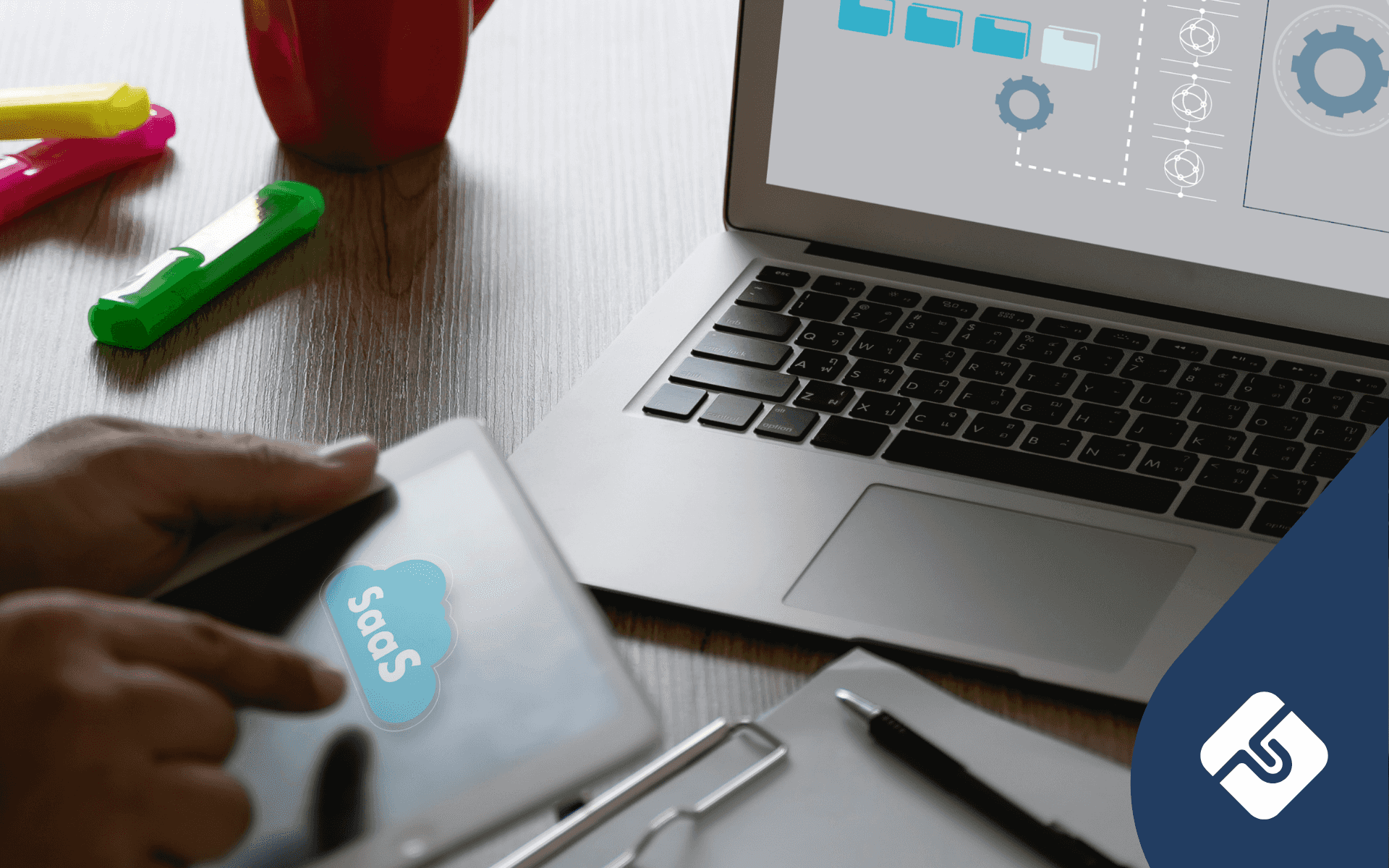Sydney-based lawyer and data analyst. Formerly Digital Transformation Analyst at Lawpath.
💡Key Insight
- An End User Licence Agreement (EULA) for your SaaS product is a legal contract that defines how end users can install and use your software, sets licence rights, and outlines limitations on copying, transfer, modification, liability, indemnity and termination to protect your intellectual property.
- For many SaaS offerings where the software runs on the cloud and users pay subscriptions, an EULA is not strictly required; however, it becomes important if you distribute a mobile app version or allow users to install software locally because an EULA governs those licence terms.
- Including an EULA alongside your terms and conditions can clarify user obligations and limit legal risk by setting explicit boundaries on permissible use and protecting your business from unauthorised copying or distribution.
- Carefully drafting or updating your EULA with legal counsel ensures that your SaaS platform’s licensing framework aligns with your commercial model and intellectual property strategy.
It is not new to say that businesses have shifted towards dependence on applications (apps) to expand their consumer reach. The most common ways to do this is through Software as a Service (SaaS), a cloud-based software delivery service. However, to protect the intellectual property offered through these services, it is essential to have specific mechanisms in place. One way to do this is by using an End User Licence Agreement for your SaaS.
What is an EULA?
An End User Licence Agreement (EULA) is a licence agreement allowing users to install and use the developer’s software on their computers under the terms of use. It is legally binding once the end-user accepts the terms. The agreement also identifies when liability will be limited and when the user is to indemnify the developer of loss or liability. An EULA is different to a Terms and Conditions which regulates how users can utilise the services on the software, app or website.
What is SaaS?
SaaS is a software service platform where users subscribe to an application and upload information. The information is stored in an online cloud. Access to the software, app or website depend on whether the user renews the agreement through a recurring payment subscription.
It is important to note that SaaS is a subscription-based service. The user does not have a licence to download the software to their device. Therefore, you can have a SaaS with or without an EULA.
Do you need an EULA for your SaaS?
Generally, you will not need an EULA. The end-user does not download or copy your SaaS onto their device. Instead, it already exists on their device, and the users will pay a subscription to access the services. Examples of these include Apple Apps, Google Apps, and Netflix.
When should you use an EULA for SaaS?
If you offer a mobile app version of your SaaS, you should have an EULA. The EULA will grant the user a licence to access your app from their mobile devices under your terms of use. An example of this is when downloading an app from the App Store or Google Play Store. All apps on these platforms will have their own EULA. The user will have to agree to each EULA to access those apps.
How to apply an EULA to your SaaS?
You should insert a section in the app’s Terms and Conditions that refers to the EULA.
How does an EULA protect your SaaS?
An EULA will protect your SaaS and contains provisions regulating on:
- granting a licence;
- limiting liability and remedies;
- outline licensee indemnity;
- limitation on end-users’ usage;
- limitations on transfer;
- limitations on alterations;
- restrictions on copying the software or program;
- warranties and exclusions; and
- termination (if the user no longer uses your SaaS or breaches the terms).
Conclusion
It is crucial to determine whether your SaaS requires an EULA. Businesses that predominantly provide SaaS have begun developing apps where their consumers can access their services on various devices and platforms. If you are interested in this, we can help create your EULA. If you require clarification using an EULA, it may be wise to contact our lawyers.






